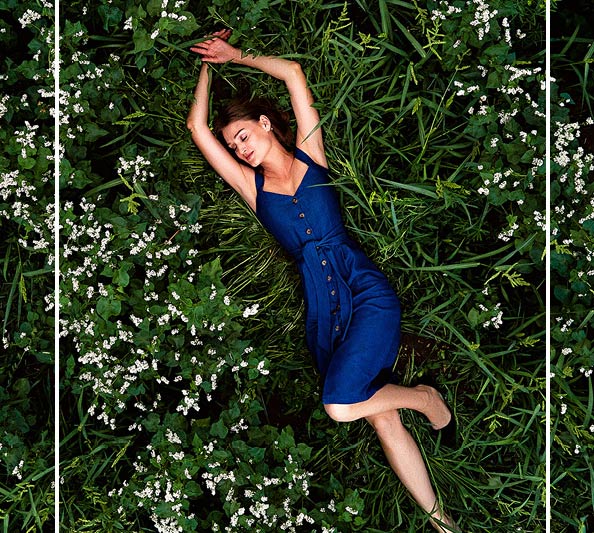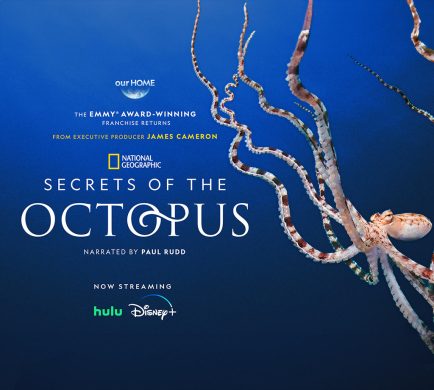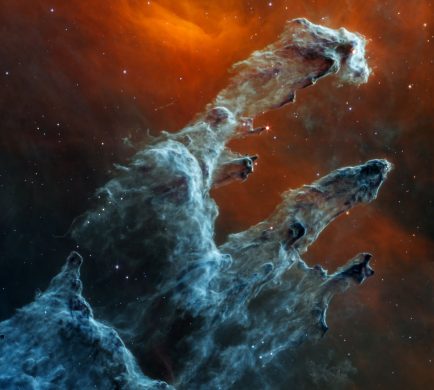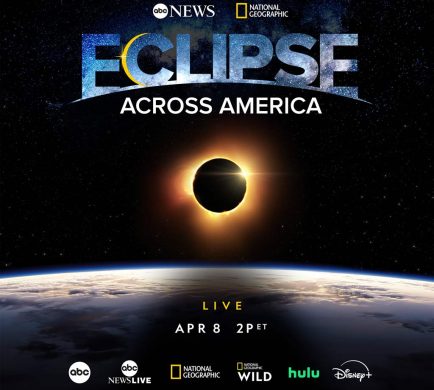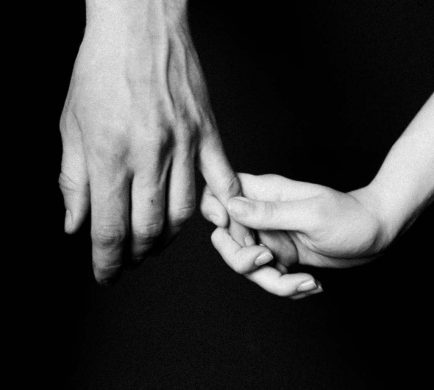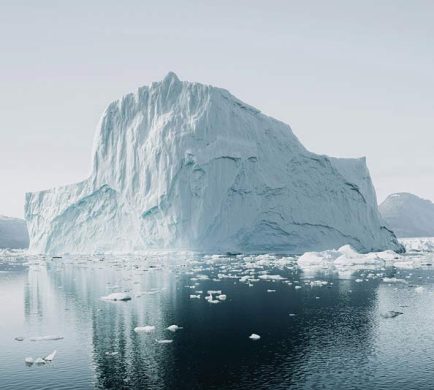What is beauty? As defined by the Oxford Dictionary, it is “a combination of qualities such as shape, colour, or form, that pleases the aesthetic senses especially the sight.” As such, beauty has normally been defined in the context of the fine arts -Music, Sculpture, Painting, Literature, Architecture, Performing, and Film. And, of course, the idea that beauty is “in the eyes of the beholder” is an accepted standard. Our individual experiences and our culture largely define what we see as beautiful.
Beauty is not just an intellectual appreciation, but it is generally also accompanied by an emotional response from the most subtle to the most intense. There is emotion involved because something beautiful serves to communicate emotion, value, or meaning. I have long been fascinated with aesthetics, more from a philosophical perspective, as in the critical reflection of what is considered beautiful in art, culture, or nature. It wasn’t until 2009 that I was introduced to the work of scholar and Renaissance man Gregory Bateson. Bateson presented an intriguing perspective on the nature of beauty, which he saw primarily as the experience of interconnectedness between man and living nature.
Experiencing beauty through nature is a concept familiar to most of us. Indeed, we have, at times, felt a variety of emotions when contemplating a certain landscape, a particular flower, or a particular animal out in nature. These emotions can be subtle but can also increase in vibration to an intense sense of awe. At least for me personally, I have found that encounters with beauty in nature can be transformative for us in that we have no choice but to release the grip that verbal language has on us. Let me explain what I mean by that, and I’d like the reader to connect with similar experiences of their own to see if this also holds for you. I will provide a couple of examples sourced from my own experience.
For one, let’s conceive of a subtle encounter, such as walking through a foggy forest trail in late Fall. I live in the mountains of central New Mexico, and I would experience this walk as a cushion of decaying falling leaves under my feet, the fresh smell of crisp air, and the sound of a few birds, but primarily, the experience is one of active silence. In this encounter, I would not be particularly overwhelmed with intense emotion; instead, there might be a sense of peace, quiet joy, nostalgia for the summer gone, excitement over falling into Fall, and a sense that there is something magical that I could hold on to forever. I could describe this as a subtle encounter with beauty.
On another note, I do recall an intense encounter with beauty when I went horseback riding with local horsemen through the steppes of the Banyankhongor region of Mongolia. This happened in August, in the year 2000. It was an experience that would change my life forever. I remember riding along at a quiet walking pace and suddenly coming to a lookout area on the hill. The plains that opened up before my eyes were so vast, the hills circling the valley below were so green and velvety soft, and then the quiet pace changed when our horses’ ears perked up, and they became agitated as they swung their bodies toward the right. Below us, in the valley of green velvet, emerged a herd of wild horses! I have no idea to this day how many there could have been, but it was like an army of hundreds of thousands of warrior horses running free at last. Our head horseman decided that we would join the wild herd, riding with them at what felt like the fastest pace I’ve ever experienced on horseback. We rode with the wild horses for some time; I don’t know how long, and my body and mind were one, both in a state of pure awe and yet intensely present. It was a profound encounter with a beauty I had never envisioned possible!
What both of my beauty encounters have in common -the subtle one on a walking trail in New Mexico and the intense one with wild Mongolian horses- is that they rendered me mute. In other words, encounters with beauty can be transformative in that they may take us from our conditioned verbal language into a different way of languaging. During these encounters, I have found that our usual tendency to want to describe our experience using words (whether outwardly or inwardly spoken) may be taken over by a wordless world of new language. In this world, we are externally muted yet internally language through feelings, sensations, and emotions, which is a fully embodied experience that requires no words.
This sense of wordless awe may also be experienced when we encounter things like beautiful architecture, as in those majestic medieval cathedrals in Europe, or when we encounter beautiful, immersive art, as in the Rembrandt Experience show. But what I find distinct about nature is that it pulls my body further into the beauty encounter. In pulling my body further into “the other” (the thing encountered), my heart also begins to participate more. I believe that Gregory Bateson was on to something when he reframed beauty as that felt a sense of interconnection with living nature, as opposed to nature expressed on an artist’s canvas. These experiences are transformative, and when they happen, they help to reorganize our future experiences -we will develop a tendency toward immersion/oneness with “the other.” In other words, we learn a different way of relating to that which is external to us but part of us nonetheless…that thing that pulls our mind, body, and heart into Indra’s Web. We become “more than ourselves,” and this is expansive and evolutionary for our individual and collective consciousness.
I believe that these experiences are accessible to anyone who steps into Mother Nature with the intention of loving her and communing with her. But these encounters with beauty can also happen without intention -we bump into it all the time by accident, and the trick is whether our body and heart can apprehend the moment. As I write this, I am taken back to a morning 18 years ago when I was horseback riding a trail with my riding buddy, Susie. It was a chilly and sunny
Arizona morning under intense blue skies. I was trotting with my horse Noble to Susie’s left and ahead of her and her mare Rosie. As I took the turn that switched the trail from a straight line to a curve, I felt something shift in me. I was in a state of awe, of rapture…
I bumped into something that felt so beautiful. I don’t know if it was the sense of oneness with my horse, the perfect rhythm in his strides, or the amazing cottonwood trees that became visible as I turned the curve; all I know is that I was in heaven. I remember Susie catching up to me, and we looked at each other. She had this amazing smile and a feeling of joy on her face, and she asked, “Dulce, did you feel that?”. I whispered, “Yeah,” and we both uttered a silent laugh and kept on walking peacefully and wordlessly on our mounts. That was the day Susie and I encountered something beautiful that pulled our hearts into what Bateson calls our nestedness with nature. It is more than an intellectual recognition; it is embodied and heartfelt, and its reality does not have to be validated by verbal language. In fact, the most validating thing is to be rendered mute. Nature and humans are nested into each other, the fate of one inseparable from the other, our symmetries exposed, swimming together in silence -that is my favorite angle on [systemic and unifying] beauty.
By Dulce Garcia-Morman Ph. D.

